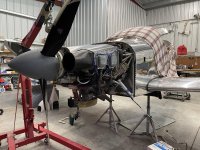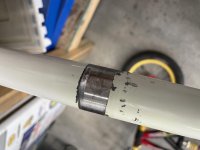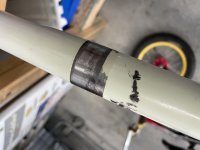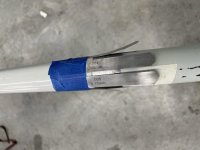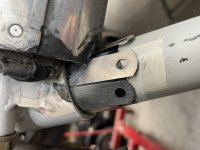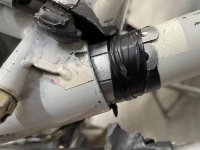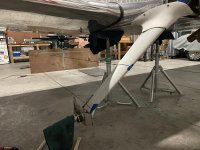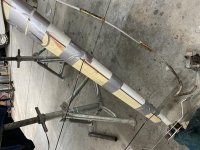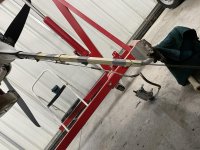Doing the condition inspection on my RV7 (590hours) I found the left gear leg had some slop in it. It seems to be loose in the lower socket of the leg, the top bolt is tight and the leg doesn't wiggle.
I believe it is the same gear leg that I sometimes get a little shimmy in on taxi. Some grass field ops but most are very smooth.
https://andycrabtree.smugmug.com/N117TR-Condition-Inspection-11-2
I sent the video to Van's and waiting to hear back.
I believe it is the same gear leg that I sometimes get a little shimmy in on taxi. Some grass field ops but most are very smooth.
https://andycrabtree.smugmug.com/N117TR-Condition-Inspection-11-2
I sent the video to Van's and waiting to hear back.
Last edited:



